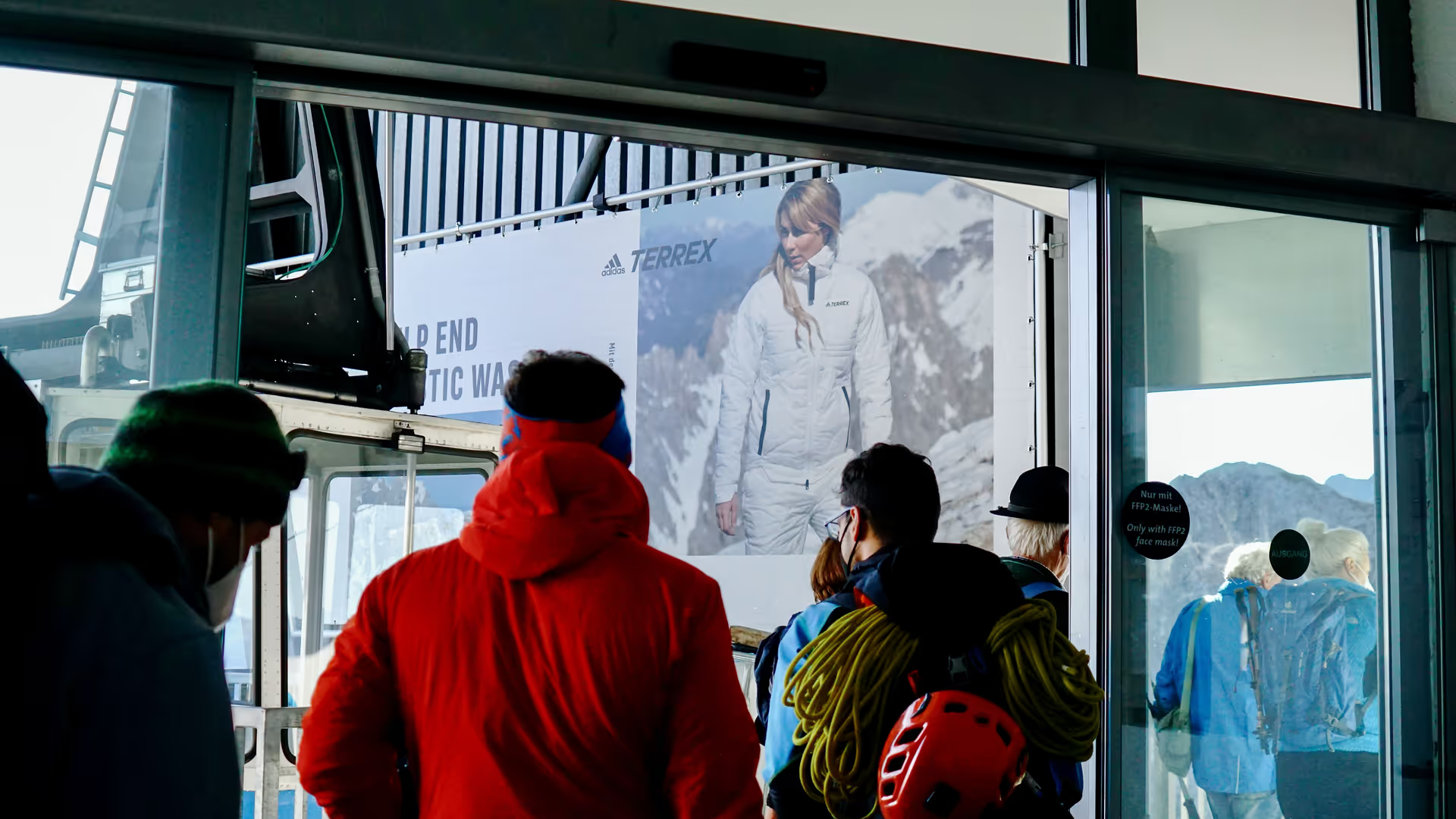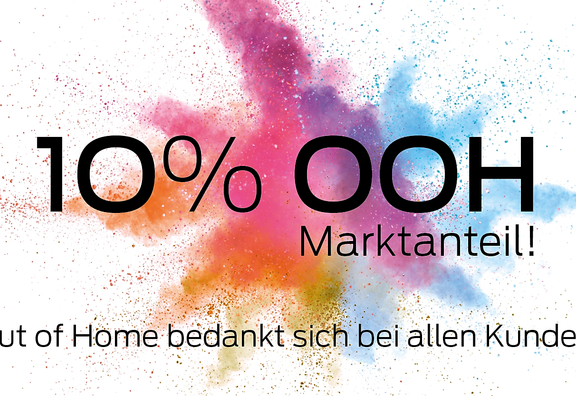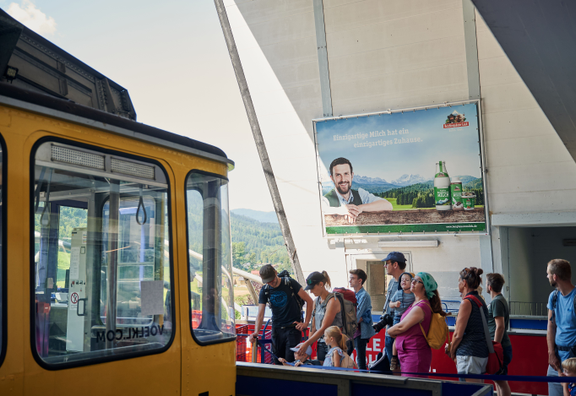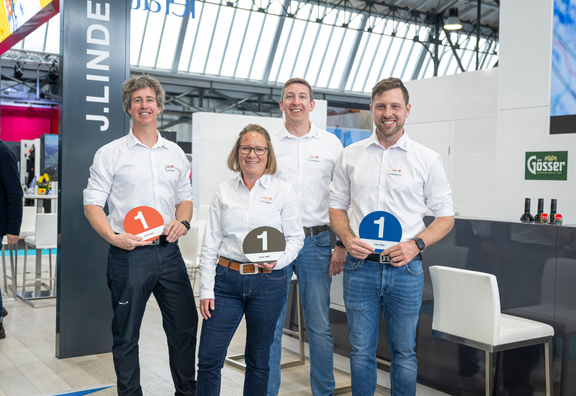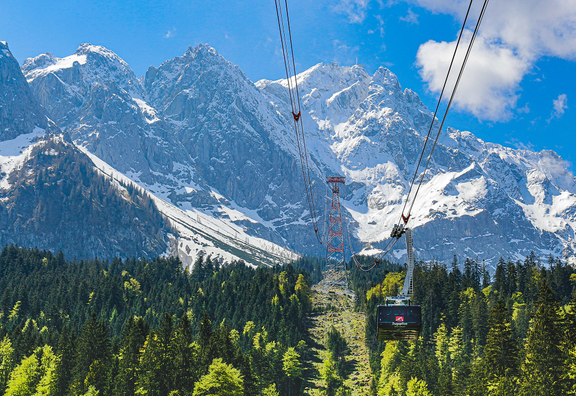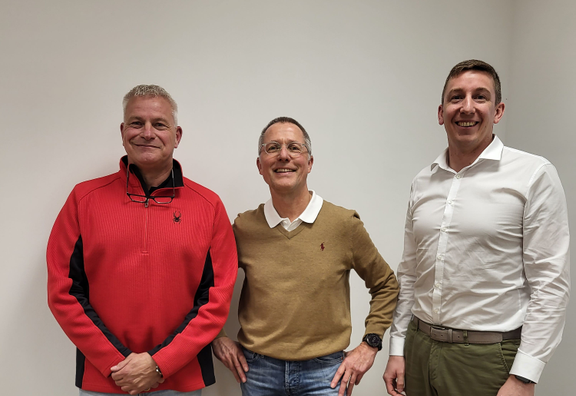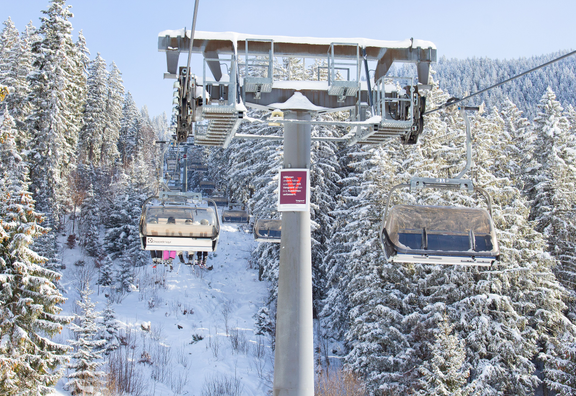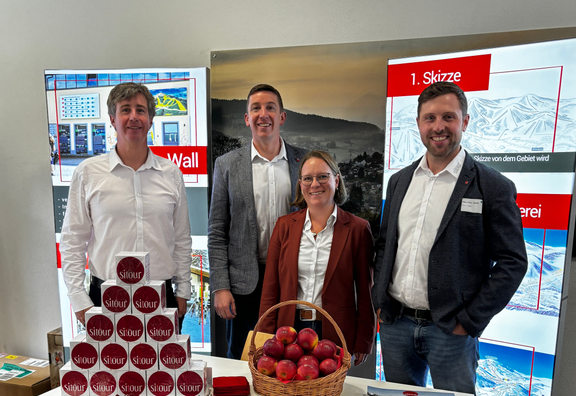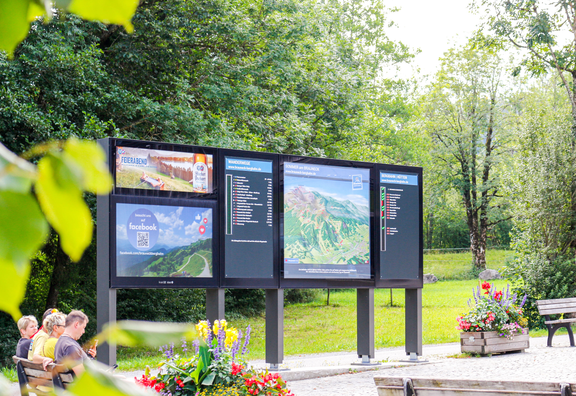The alpine mountain world is a natural environment that must be protected. That is why sitour is committed to high environmental standards in production, short transportation routes and increasingly PVC-free materials.
Sustainable and environmentally friendly
Whether panorama board, piste guidance system, lift access portal or megaposter: embedded in the monumental landscape of the Alps, sitour's information systems and advertising media provide orientation, safety and brand presence. Like a gondola, they fit seamlessly into the respective concept of a mountain railroad.
In the development, material procurement, production and recycling of information systems and advertising media, sitour focuses on sustainability, regionality and environmental compatibility. For example, the reduction of polyvinyl chloride, or PVC for short, in the various products has been promoted for years and in some cases has already been dispensed with completely.
When it comes to advertising media, sitour has long relied increasingly on (backlit) fabric megaposters made from high-quality fabric tarpaulins - both indoors and outdoors. Available in various thicknesses, the resin-coated polyester fabrics have a very low PVC content, weigh little and are easy to dispose of.
Completely PVC-free tarpaulins for megaposters were also tested for the first time in the 2021/22 winter season. These large-format tarpaulins are made from high-strength polypropylene fabrics coated with polyolefins and are produced in accordance with ISO standards. The subsequent digital printing is carried out using the latex process. This has the advantage that no volatile solvents or environmentally harmful substances are used that could be released into the atmosphere: currently the most environmentally friendly option for large-format digital printing.
In terms of tensile strength, tear resistance and durability, these PVC-free tarpaulins are in no way inferior to conventional PVC tarpaulins. And the raw materials for production do not come from China, but are supplied by regional manufacturers in Germany, Austria or Italy. This guarantees short transportation routes and regional added value.
Why do we want to do without PVC?
From production, which requires toxic chlorine and uses numerous plasticizers, to UV printing, which uses substances that are harmful to the environment, to costly disposal, as it is not naturally degradable, PVC is not an environmentally friendly material despite its advantages.
